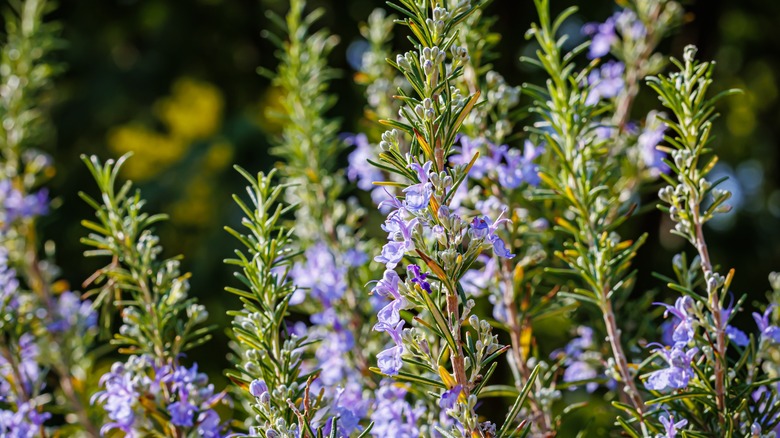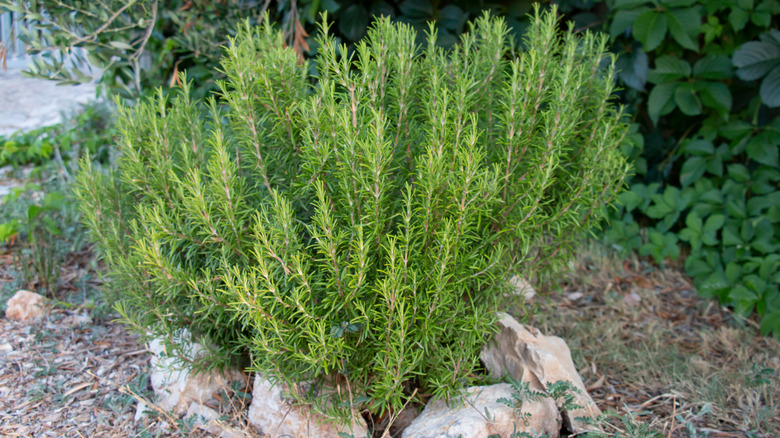How And When To Prune A Rosemary Bush
In the realm of gardening, the rosemary bush holds a special place due to its versatility and aromatic allure. However, owning a rosemary bush is not only about enjoying its aromatic charm and culinary benefits — it's also about providing the right care and attention. Properly understanding how and when to prune can ensure a vibrant, healthy rosemary bush that adds life to your garden.
A regular maintenance routine of thoughtful pruning is key to preserving its health and aesthetic appeal. The process of pruning entails the use of shears to remove dead or dying branches, primarily from the green stems, towards the base of the plant. For optimal results, you should ideally prune your rosemary bush in the spring or early summer, when the plant's growth is most vigorous.
The importance of pruning a rosemary bush can't be overstated — it shapes your plant to your preferred aesthetic. By correctly pruning your rosemary, you can also promote bushier growth, enhance the plant's appearance, and ensure its longevity. It may sound tasking, but pruning doesn't need to be a complex process. With the right guidance, it can be simplified. Let's dive right into the process of pruning.
How to prune a rosemary bush
Pruning rosemary requires a thoughtful approach centered around the health and integrity of the plant. Start by equipping yourself with a pair of clean, sharp shears, ensuring you make precise cuts without damaging the plant. Your main objective should be removing the dead or dying branches, as these can affect the plant's overall health and appearance. However, if your goal is to reduce the size of your rosemary bush, you can achieve this by employing a gradual pruning approach.
Start by pruning back one-third of the plant's overall growth. After this initial pruning, allow a couple of months for the rosemary bush to recover and regrow. Once the allotted time has passed, you can proceed with another round of pruning, cutting back an additional one-third of the plant. This step-by-step method helps minimize stress on the rosemary bush and provides ample time for rejuvenation between pruning sessions. By following this approach, you can effectively control the size of your rosemary bush while ensuring its continued health and vitality.
When pruning, begin by identifying the woody stems towards the base of the plant. This is where your pruning should start. When you find a dying branch, follow it to the base and make a clean cut. Continue this process around the rosemary bush, maintaining a balanced, appealing shape. Remember to avoid cutting into the woody parts of the plant where no leaves grow. Rather, cut some inches above. Once the process is complete, clear away the cut stems, leaving your rosemary bush neat and ready for vigorous growth.
When to prune a rosemary bush
As mentioned, when to prune is just as critical as knowing how. The ideal time to prune your rosemary bush is in the spring or early summer — this is when the plant begins its most vigorous growth. Pruning during this period allows the bush to heal faster, thus reducing the risk of disease transmission. It also aligns with the natural growth cycle, stimulating new sprouts and ensuring new growth hardens before winter arrives.
Annual pruning is generally sufficient for maintaining a healthy rosemary bush — keep in mind that rosemary also benefits from light pruning throughout the year. Removing dead or dying branches, regardless of the season, aids the plant's overall health. So don't hesitate to intervene if you notice the bush becoming overgrown or unruly.
However, during winter, it's best to avoid heavy pruning and cutting out dead branches. Remember, maintaining the plant's health and aesthetics is paramount. As a rule of thumb, never remove more than one-third of the plant at any given time. This prevents overstressing the bush and gives it the best chance of thriving.
In conclusion, pruning your rosemary bush is a fundamental aspect of its care and maintenance. By following the proper techniques and timing, you can ensure the health and vigor of your plant.


